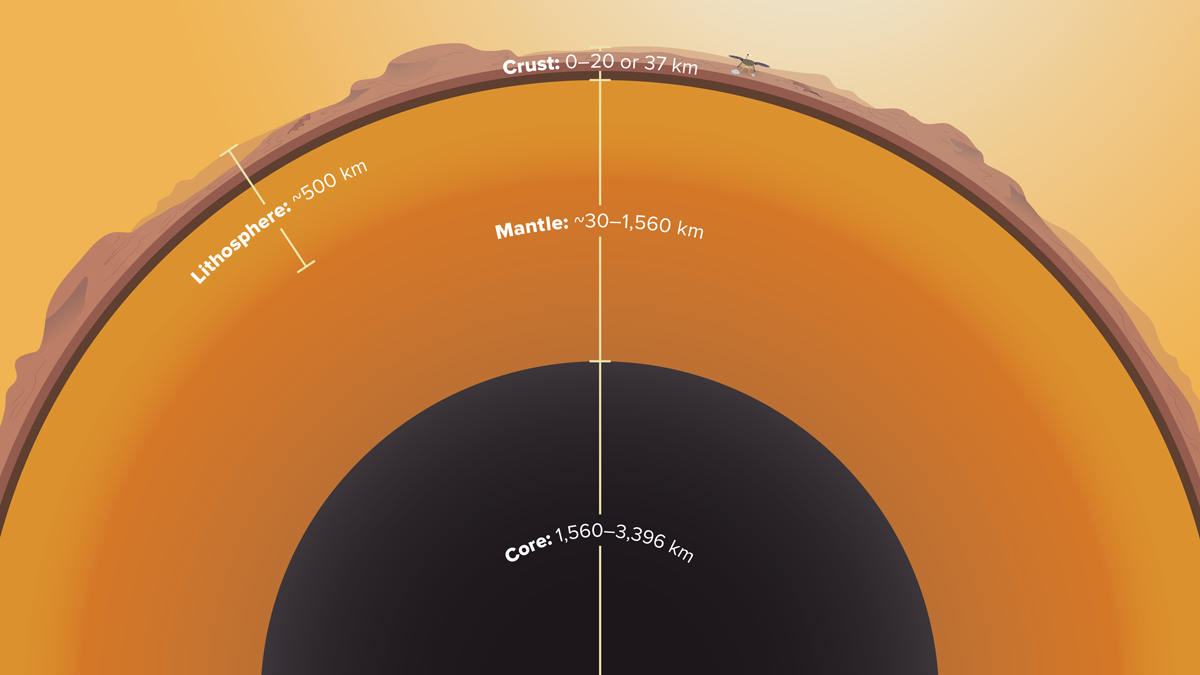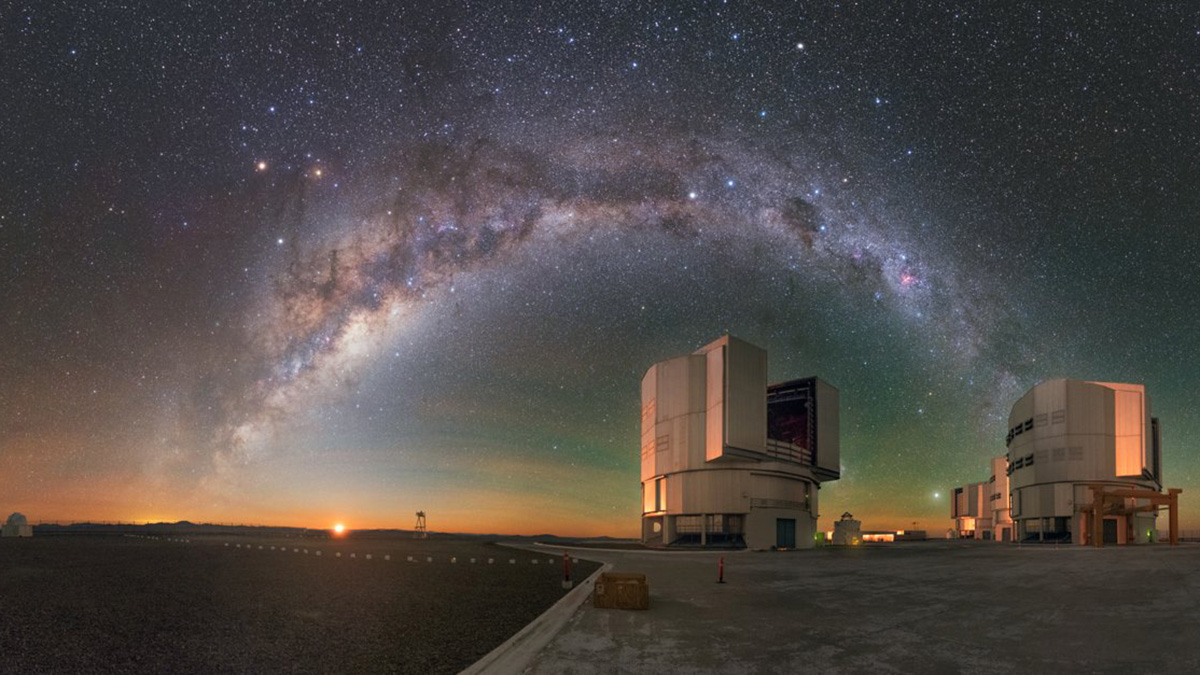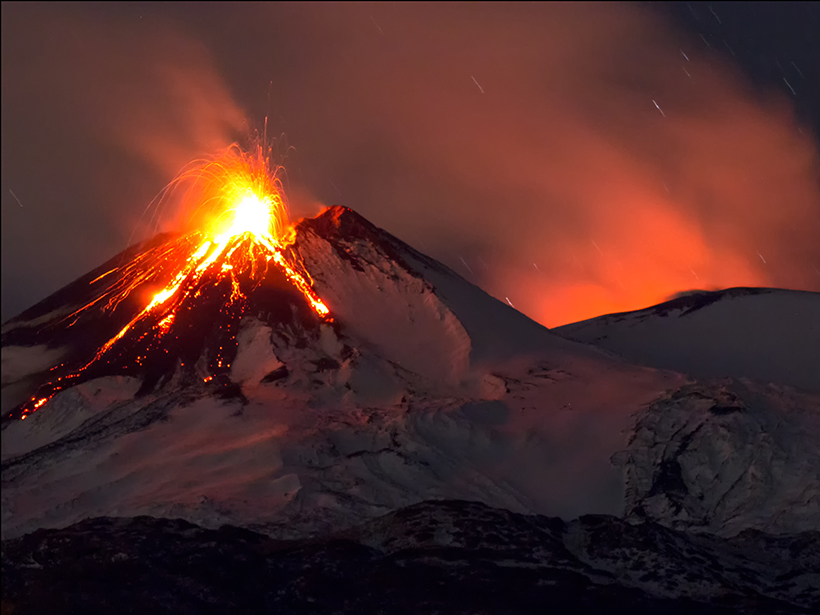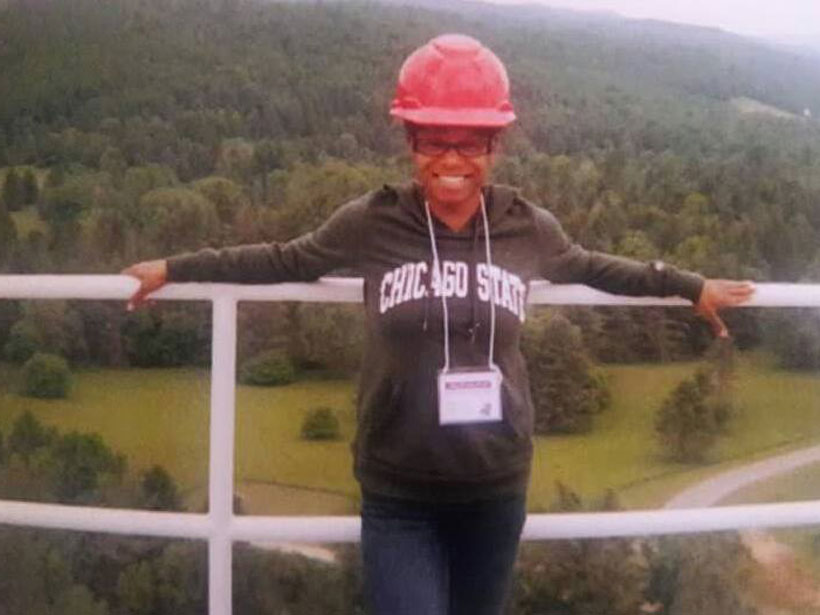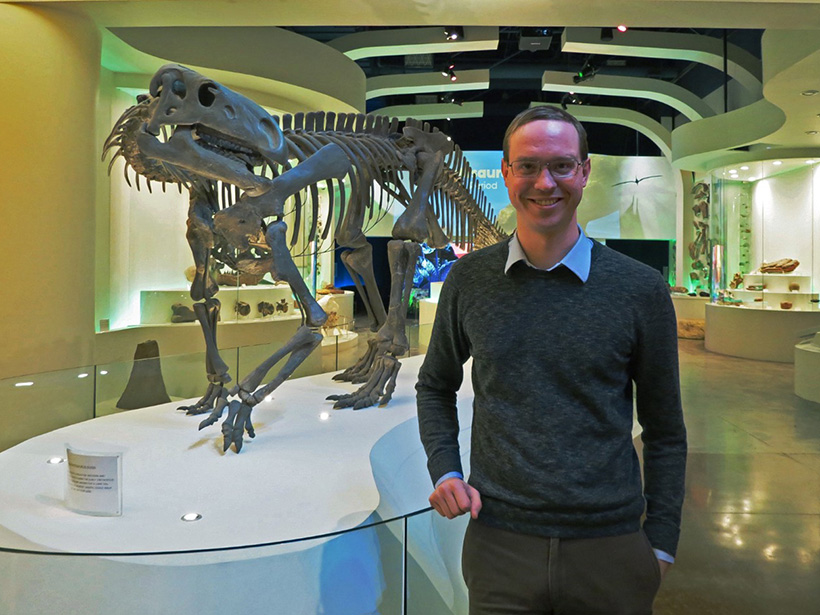There’s a seismometer on Mars, and it’s been busy! Download our free illustrated poster.
Kimberly M. S. Cartier
Kimberly M. S. Cartier, Senior Science Reporter for Eos.org, joined the Eos staff in 2017 after earning her Ph.D. studying extrasolar planets. Kimberly covers space science, climate change, and STEM diversity, justice, and education
Five Reasons Geoscience Should Care About Astronomy’s New Road Map
The latest road map to U.S. astronomy’s next decade recommends a smaller space telescope, ground-based facilities, and an institutional effort to create an inclusive and equitable field.
¿Cómo saber si has experimentado el calentamiento global?
Contestar esta pregunta puede ayudar a tomadores de decisiones, científicos y comunicadores climáticos a desarrollar estrategias más efectivas para llegar a escépticos y negacionistas.
Melting Arctic Sea Ice Strengthens Tides
If climate change throws off the seasonal freeze-thaw cycle of Arctic sea ice, it could trigger a reinforcing cycle of sea ice melt in parts of the Canadian Arctic.
How Do You Know If You’ve Experienced Global Warming?
Answering this question can help policymakers, scientists, and climate communicators develop more effective strategies to reach skeptics and deniers.
Etna Under Pressure: Does Gas Buildup Foreshadow Eruption?
Pressure from both magma and gas can trigger eruptions. Monitoring degassing can help predict eruptions but only if the magma system is well understood first.
Ashlee Wilkins: A Space Scientist Goes to Washington
“Big-picture science questions” fuel science policy discussions.
Ashley Lindalía Walker: Leading a Celebration of Black Scientists
Astronomer bridges academic and social media outreach.
Morgan Rehnberg: The Making of a Museum Chief
From Cassini to #scicomm to showcasing science.
Most Olympic Sports Not Advancing on Sustainability
World Sailing, World Athletics, World Rowing, and FIFA made the podium. Seven of the 32 summer Olympic sports federations haven’t even entered the race.

